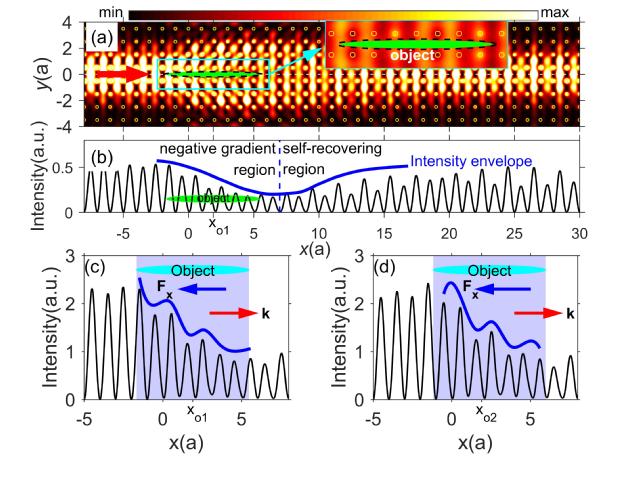Written by: Wang Ji
Translated by: Wang Min
Edited by: D. Parker
Date: 2018-4-2
Great progress in optical manipulation bas been made recently by the research group led by Ding Weiqiang, Professor from the Department of Physics, School of Science, Harbin Institute of Technology (HIT). Their research paper “Self-Induced Back-Action Optical Pulling Force” was published in Physical Review Letters, one of the most prestigious journals in the field of physics (Phys. Rev. Lett. 120, 123901,2018). HIT was the first communication unit for this paper. Zhu Tongtong, a Ph.D. student from the Department of Physics, School of Science, was the lead author with Prof. Ding Weiqiang as the corresponding author.
A novel mechanism for optical manipulation was proposed in the paper. It brings new insights about optical force and the physical mechanism of optical manipulation. Optical force is one of the most effective tools to flexibly manipulate micro- and nano-particles. It has been widely applied in fields like biology, nanotechnology, quantum physics, atomic and molecular physics. The paper states that when a light beam is incident on an object, it will produce not only radiation pressure on the object, but also, under special circumstances, an unconventional optical pulling force. In the past it was believed that only optical scattering forces could exert the counter-intuitive pulling force on objects. However, this research found that such a pulling force can also be produced by gradient optical forces (not optical scattering forces). This sheds new light on the understanding of this phenomenon. The rationale lies in the periodic lattice in the experimental system. The periodic lattice supports a unique kind of Bloch mode which is a self-collimation mode. When this mode interacts with an object, the object will produce a strong self-induced back-action. In this way the object will be trapped in a self-formed negative gradient region. Thus the mode is able to manipulate the object over a long spatial range. The findings will not only exert significant influence on the theoretical study of optical manipulation, but also provide new ideas for future optical manipulation techniques.
The research was supported by the National Natural Science Foundation of China, the Program for Innovation Research of Science and the Program for Tip-Top Talents in Harbin Institute of Technology.
Link to the original paper:
https://journals.aps.org/prl/abstract/10.1103/PhysRevLett.120.123901



